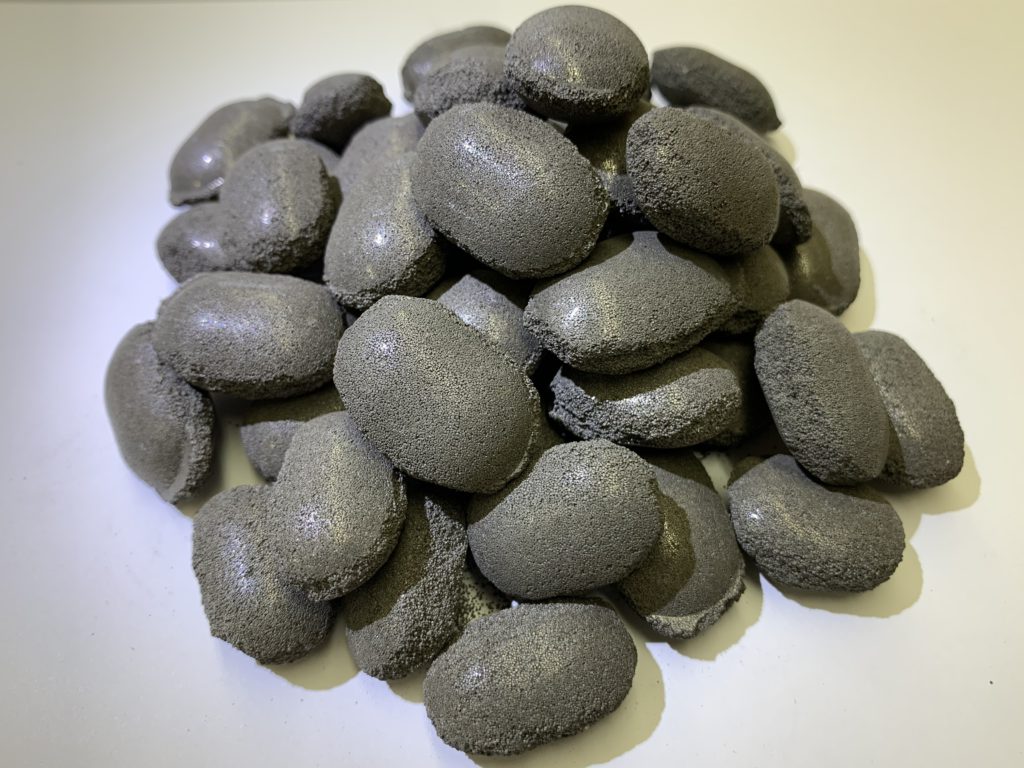Researchers at the University of Sydney are proposing the idea of liquid metal as the long-awaited solution to “greening” the chemical industry.
In a paper published in the journal Nature Nanotechnology, the scientists explain that they have tested a new technique they hope can replace energy-intensive chemical engineering processes harking back to the early 20th century and relying on catalysts made from solid materials.
The new process instead uses liquid metals, in this case dissolving tin and nickel which gives them unique mobility, enabling them to migrate to the surface of liquid metals and react with input molecules such as canola oil. This results in the rotation, fragmentation, and reassembly of canola oil molecules into smaller organic chains, including propylene, a high-energy fuel crucial for many industries.
“Our method offers an unparalleled possibility to the chemical industry for reducing energy consumption and greening chemical reactions,” lead researcher Kourosh Kalantar-Zadeh said in a media statement. “It’s expected that the chemical sector will account for more than 20% of emissions by 2050. But chemical manufacturing is much less visible than other sectors—a paradigm shift is vital.”
The new process takes into account the fact that atoms in liquid metals are more randomly arranged and have greater freedom of movement than solids. This allows them to easily come into contact with, and participate in, chemical reactions.
“Theoretically, they can catalyze chemicals at much lower temperatures—meaning they require far less energy,” Kalantar-Zadeh said.
In their research, he and his colleagues dissolved high-melting-point nickel and tin in a gallium-based liquid metal with a melting point of only 30° centigrade.
“By dissolving nickel in liquid gallium, we gained access to liquid nickel at very low temperatures—acting as a ‘super’ catalyst. In comparison solid nickel’s melting point is 1,455° centigrade. The same effect, to a lesser degree, is also experienced for tin metal in liquid gallium,” study first author Junma Tang said. “The metals were dispersed in liquid metal solvents at the atomic level.”
The scientists, thus, had access to single-atom catalysts, which have the highest surface area accessibility for catalysis, offering a remarkable advantage to the chemical industry.
Kalantar-Zadeh, Tang and their co-authors said their formula could also be used for other chemical reactions by mixing metals using low-temperature processes.
“It requires such low temperature to catalyze that we could even theoretically do it in the kitchen with the gas cooktop—but don’t try that at home,” Tang said.



